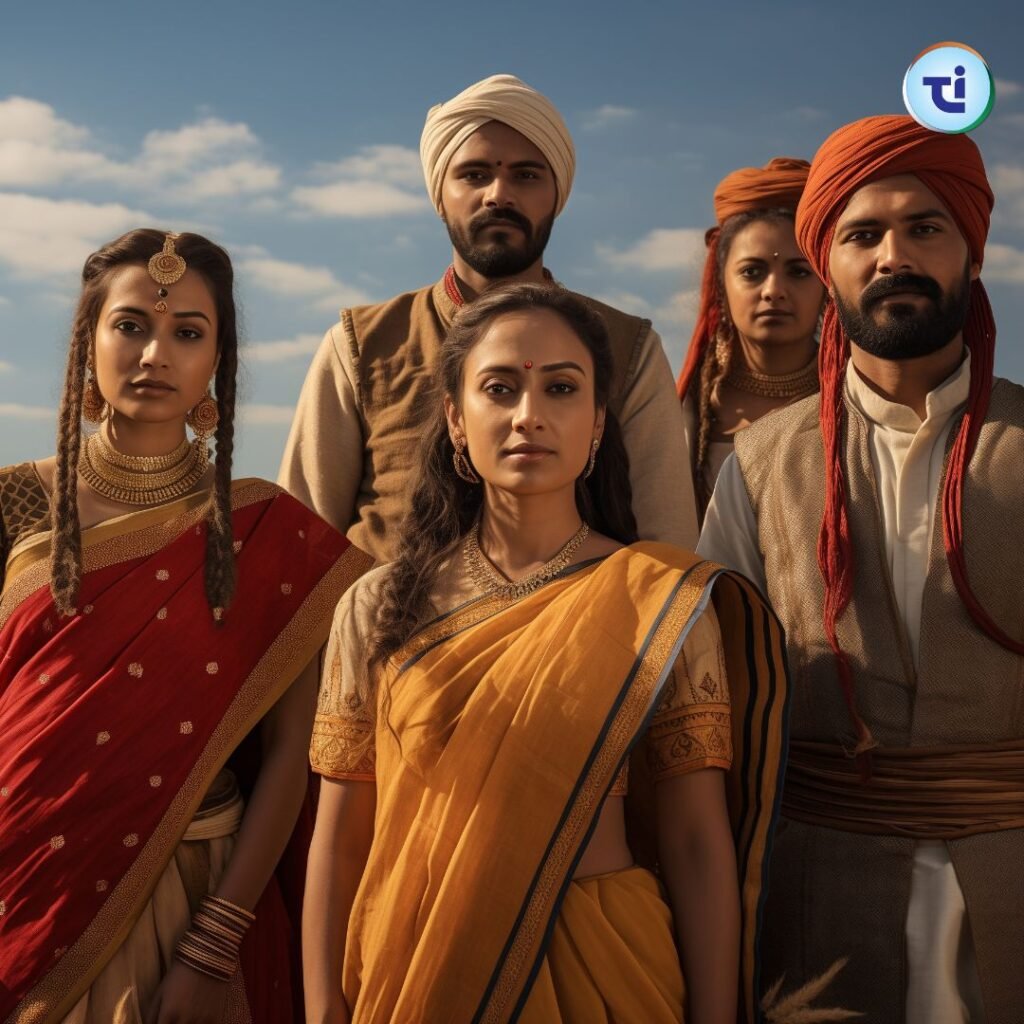The Madiga community, predominantly found in the southern states of India such as Andhra Pradesh, Telangana, Karnataka, and Tamil Nadu, represents a historically marginalized group within the Scheduled Castes. The Madiga caste history is a complex narrative of social exclusion, cultural richness, political assertion, and ongoing struggle for justice and dignity. Understanding their history is vital for appreciating the broader framework of caste dynamics and Dalit empowerment in India.
Origins and Traditional Occupation
The Madigas have traditionally been involved in leatherwork, including skinning animals and making footwear and leather goods. In a caste-based society, these occupations were considered impure, resulting in systemic discrimination and social ostracization. Madigas were forced to live on the fringes of villages and denied access to temples, education, and public spaces.
Despite their vital economic contribution, the community was stigmatized under the rigid norms of untouchability. Over generations, the Madiga caste history reflects not only occupational limitations but also the deeply embedded socio-cultural barriers they faced.
Caste-Based Discrimination and Social Exclusion
The Madigas, like other Dalit communities, were victims of the oppressive varna system. They were assigned the lowest status, and their lives were dictated by restrictions on mobility, interaction, and personal freedom. They were denied equal opportunities in education, employment, and social welfare.
Even today, many Madigas experience discrimination, although the nature and intensity may vary across urban and rural areas. The persistence of manual scavenging in some regions further underscores the systemic neglect and inequality they continue to face.
The Fight for Justice and Political Mobilization
In recent decades, the Madiga community has become increasingly vocal in its demand for justice, equal rights, and representation. The formation of the Madiga Reservation Porata Samiti (MRPS) in the 1990s marked a turning point in Madiga caste history. Led by Manda Krishna Madiga, the movement advocated for the categorization of Scheduled Caste reservations to ensure fairer distribution among sub-castes.
The MRPS gained significant support and brought the Madiga identity into mainstream political discourse. Their activism highlighted the internal disparities within Scheduled Castes and questioned the concentration of benefits among a few dominant Dalit sub-castes.
Cultural Identity and Literary Contributions
The Madiga caste history also includes a rich cultural heritage of folklore, traditional music, and oral narratives. Artists from the community have preserved and performed these traditions, expressing their lived experiences and resistance through art.
In literature, Madiga writers and poets have contributed to Dalit literature, using their works to challenge caste-based injustices and reclaim their identity. These cultural expressions are tools of empowerment and resistance against social marginalization.
Education and Social Mobility
Access to education has played a crucial role in transforming the Madiga community. Over the years, increased enrollment in schools and colleges has enabled many individuals to break the cycle of poverty and discrimination.
Despite systemic challenges, a growing number of Madigas have become teachers, engineers, doctors, and civil servants. These achievements are milestones in the community’s journey toward equality and recognition.
Contemporary Challenges and the Way Forward
While progress has been made, significant challenges remain. Economic disparities, limited political representation, and deep-rooted social prejudice continue to affect the Madiga community. In some areas, Madigas still face violence and discrimination, highlighting the need for stronger policy enforcement and societal change.
There is also a need for greater unity among Dalit sub-castes and broader alliances to fight caste-based oppression. Building inclusive movements that address both internal and external inequalities is essential.
Conclusion
The Madiga caste history is a story of resilience, resistance, and empowerment. From enduring centuries of discrimination to asserting their rights and identity, the community’s journey is a testament to the strength of the human spirit. Recognizing their history is not just an academic exercise but a moral imperative to ensure justice and equality in modern India.
As the nation continues to evolve, integrating marginalized voices like the Madigas into mainstream development is critical. Their story reminds us that true progress is possible only when it includes the most disadvantaged. By acknowledging and addressing historical wrongs, we can move toward a more just and equitable society.







